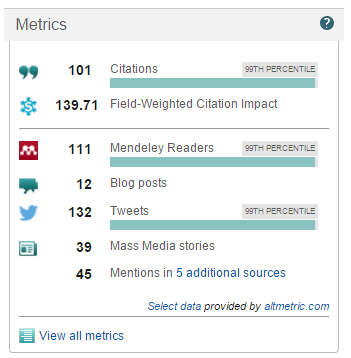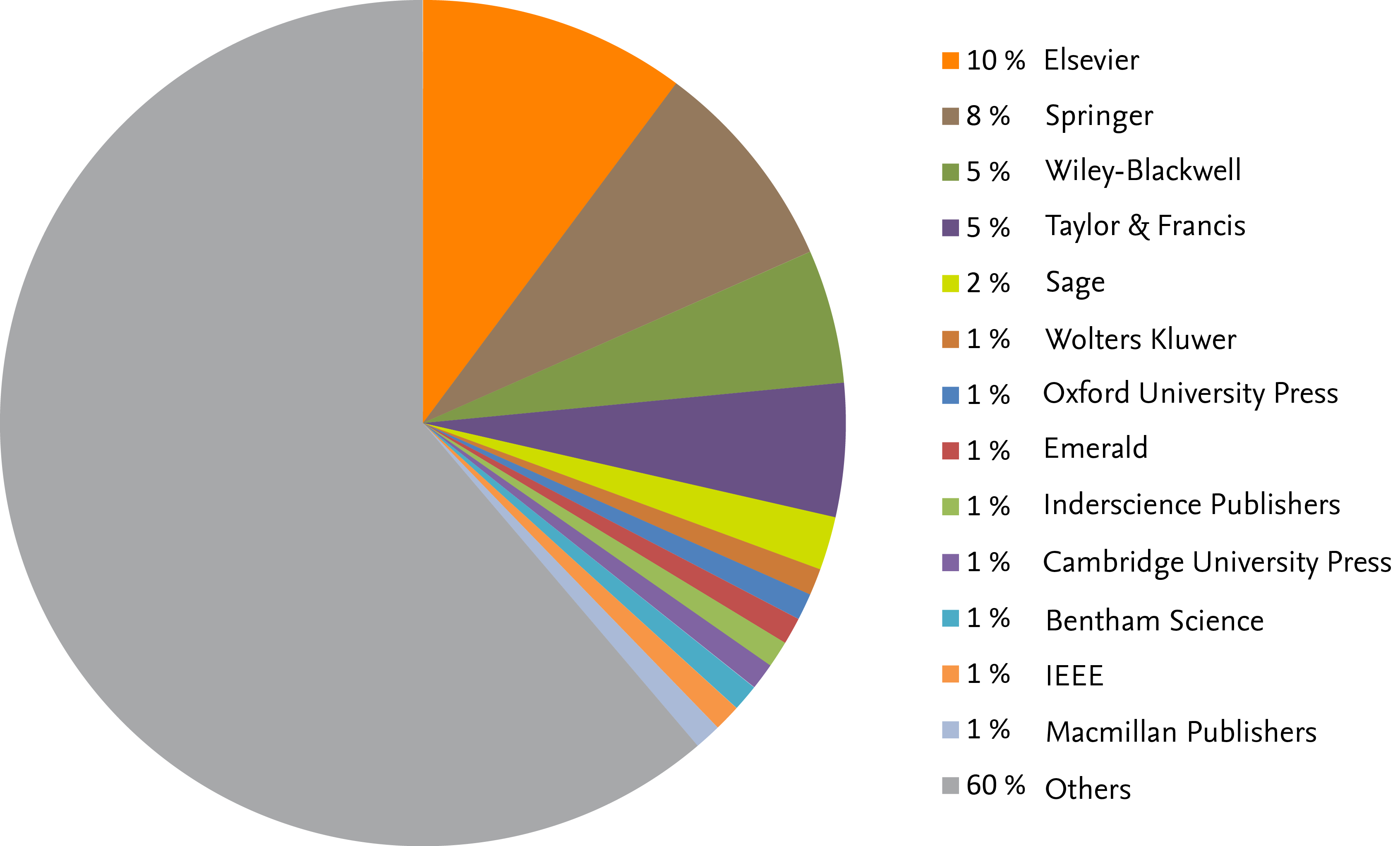Scopus 2015 Review, Part 2: New tools to help find, use and evaluate content
As 2015 comes to an end, it’s time to reflect upon the year and look at how Scopus has, and will continue to, evolve. Over 3 posts, we share key 2015 Scopus developments and their impact on the researcher. Each post will cover a different focus.
Part one focused on Scopus content growth and quality. Today, we look at 2015 product developments. In terms of new features introduced this year, two prominent changes stand out — one designed to provide deeper insights into an article’s research impact, and the other to help you identify open access titles.
- Understanding research impact. In July, Scopus moved away from the altmetric.com and introduced its own metrics module. Why? As shared by Elsevier’s Mike Taylor (Senior Product Manager, Informetrics) in a recent webinar, although the ‘altmetric.com donut’ was engaging, it didn’t quite give you an indication of how an article was performing compared to others. The new module adds further depth and relevance to a ‘basket of [article-level] metrics’ by establishing percentile benchmarks against similar articles. In other words, you gain a more complete view into an article’s research impact compared to a group of similar articles — from citations, scholarly activity, scholarly commentary, mass media and social activity, you begin to understand how research is being consumed.
What does this mean for the researcher? The new article-level metrics module helps in two primary tasks: 1) determining which articles to read and 2) gaining deep insight into how an article (possibly one’s own) compares with similar articles.
Watch a video to see one way to use the new module
- Identifying open access titles. July also marked the introduction of the new Open Access Indicator for journals. Out of the over 21,000 peer-reviewed journals* indexed of Scopus, approximately 3,785 are fully open access journals — journals in which all peer reviewed scholarly articles are online available without any restrictions.
What does this mean for the researcher? There are now 3 ways to search for open access journals in Scopus.
Follow these steps to learn how
*Did you know that the titles indexed in Scopus come from over 5,000 publishers? And, out of the ~21,000 titles, approximately 90% of the publications are not from Elsevier.
To learn more about 2015 highlights relating to content expansion and quality, read part 1 of this series. To learn about 2015 data partnerships, look for part 3 of this series to be posted tomorrow.
We also invite you to attend the first 2016 Scopus webinar coming in January, which will include an overview of Scopus. Visit the Scopus webinar page here to sign up.
-



